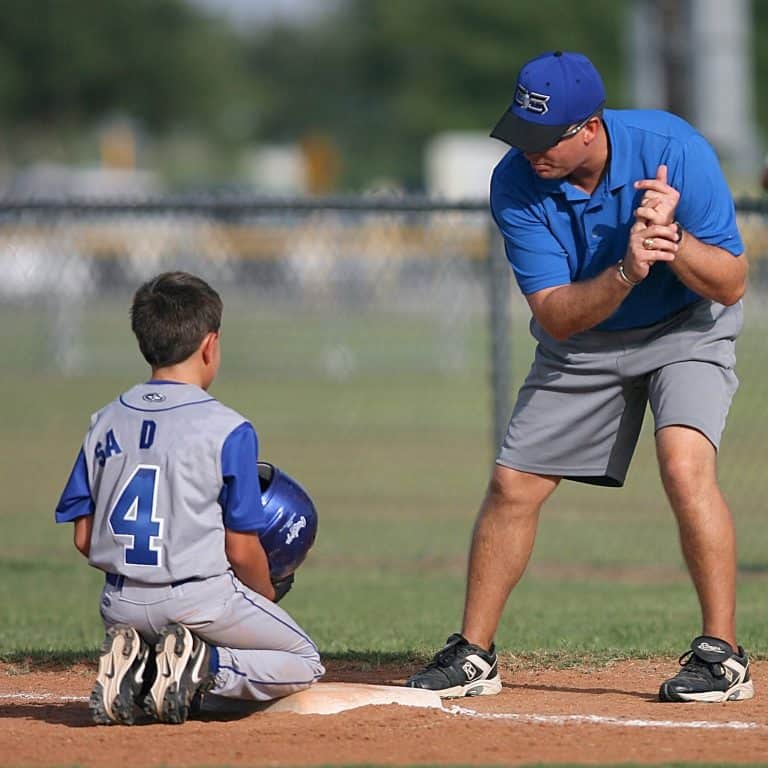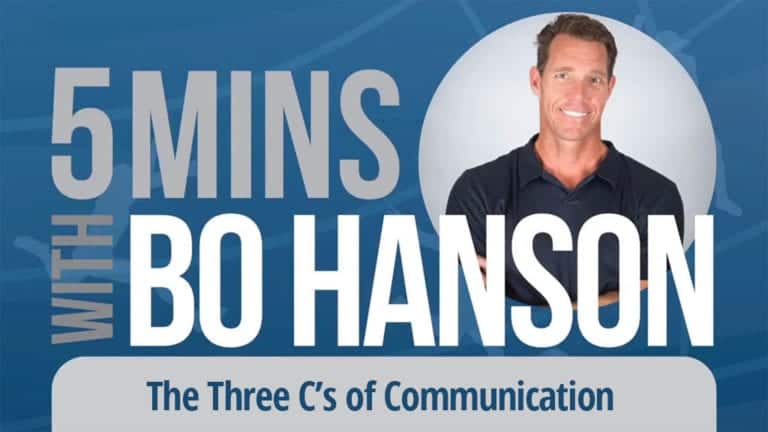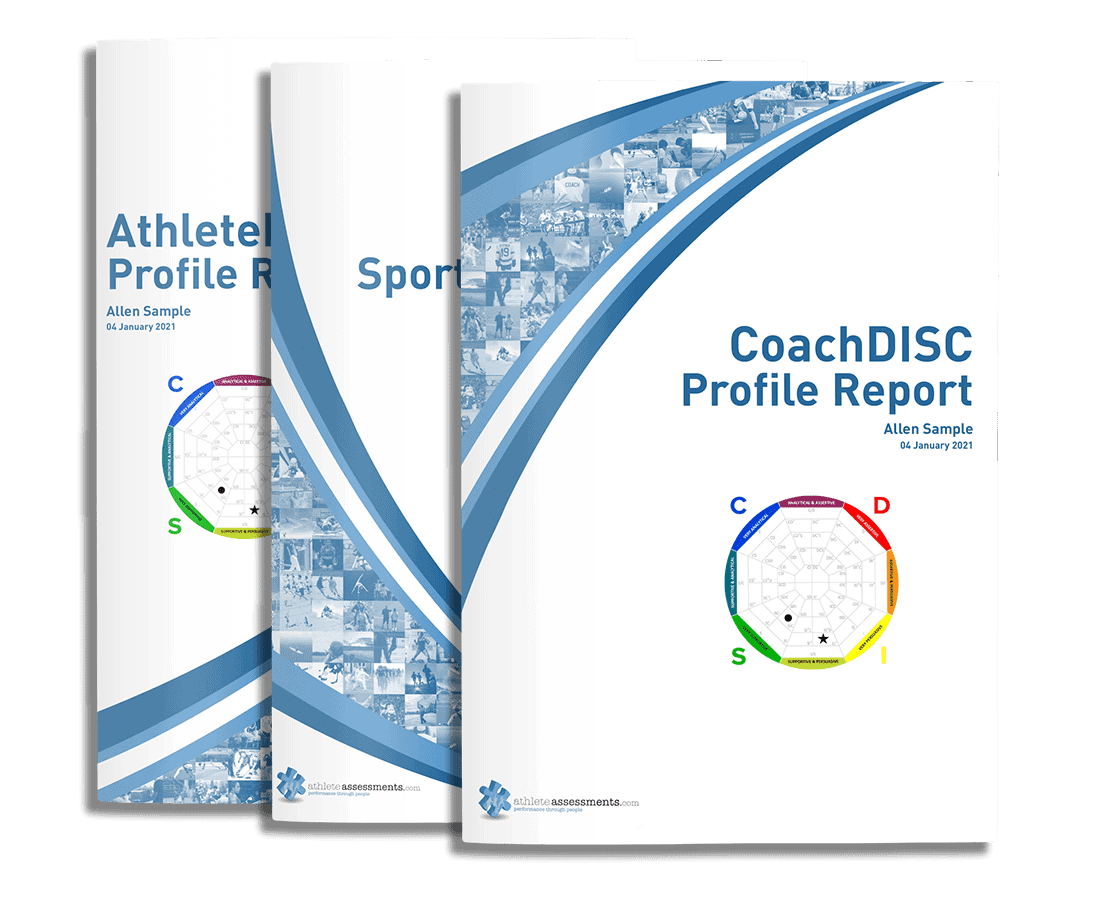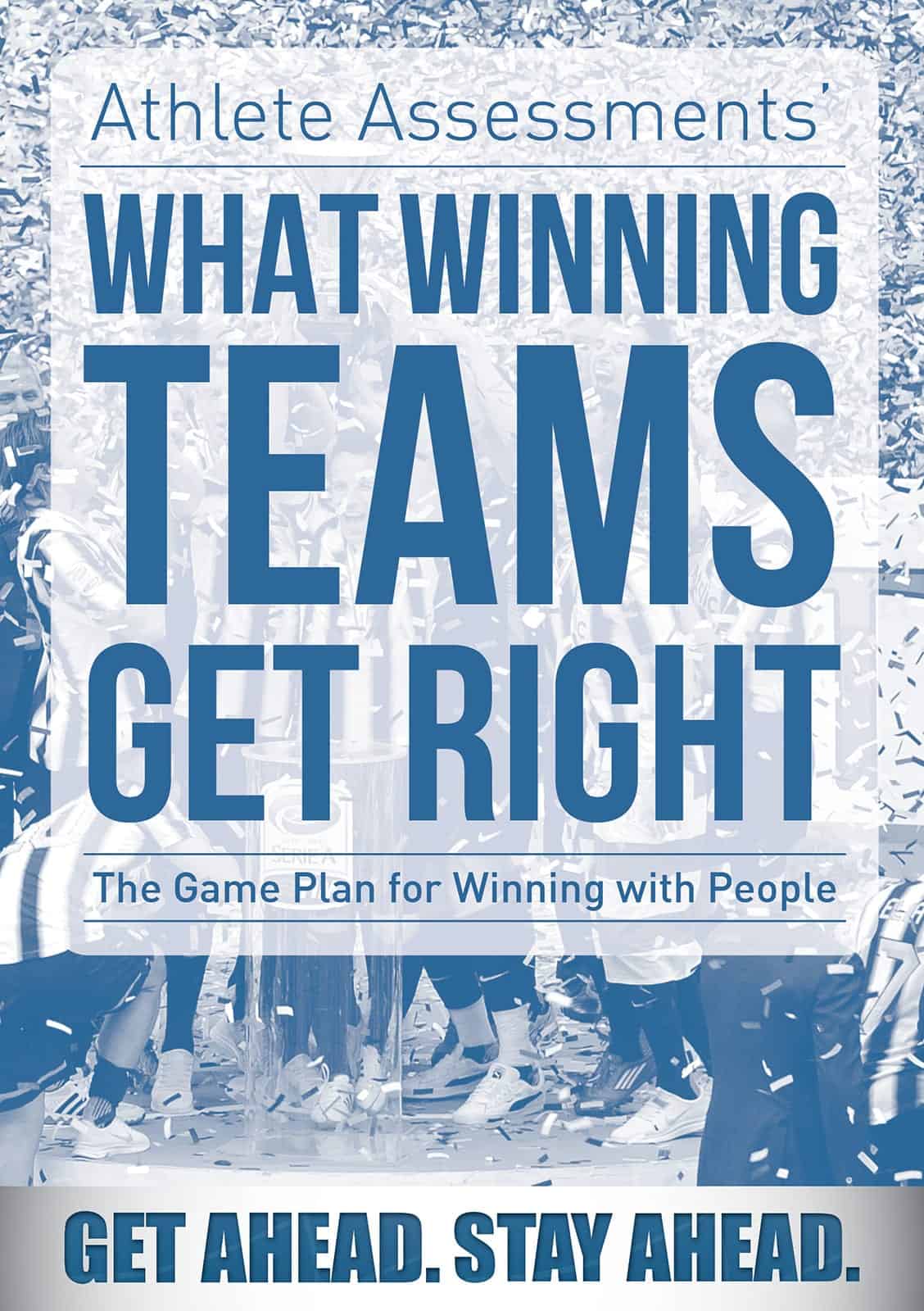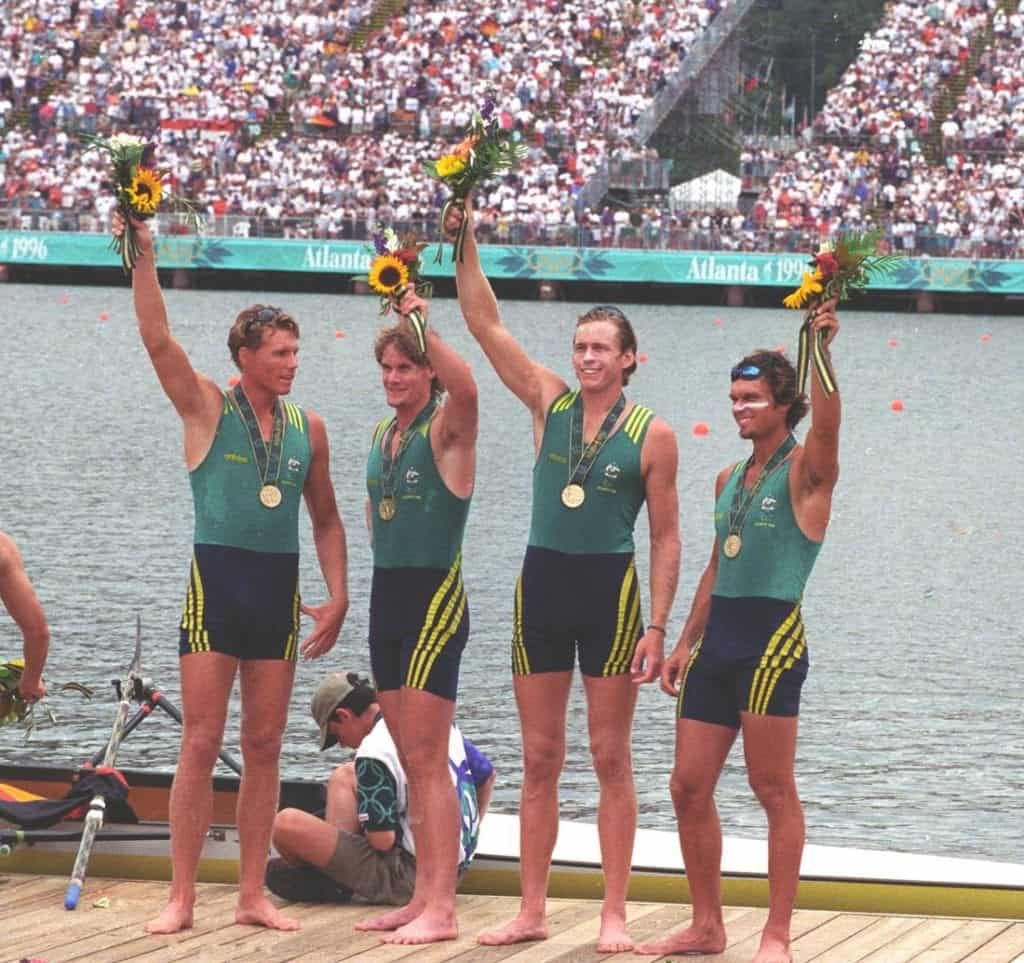‘Communication is the response we get.’
It’s an interesting concept, which becomes even more interesting when we think about this in action. Thinking back to the last time somebody misinterpreted our words or misunderstood what we were saying, the chances are that we don’t have to think back too far. The challenge is, how do we ensure we minimize how often this scenario occurs, who takes responsibility for it happening, and importantly, rectify it for the future.
But, as true as this saying is, what does it actually mean for us in sport?
Thinking back to a standout moment for me, I vividly recall preparing for the 2004 Olympics in Athens, and my coach, Tim, had been working with one of the guys in the boat on the same point of technique for about three months. As I’m sure many of us can relate to, when big events loom near, the event inspires in us a renewed effort to try to understand finer points of technique, or even catalyze breakthroughs which see our performances leap to a new level. This particular morning, Tim was trying a different explanation to this athlete, he said, “We are trying to get our body to move away from our thighs a millisecond faster, so I want us to imagine a piece of string connecting our belly button to our thighs.” While I also listened intently to Tim’s instruction, whether it was for my individual benefit or not, I personally didn’t understand this explanation. But, the important thing was, that the athlete Tim was directly working with did, and he immediately began taking strokes exactly the way Tim wanted. I heard Tim call from the coaching boat, “Yes, yes, that’s it, you’ve got it!” The funny thing was, the athlete actually later said to Tim when we were off the water, “Why didn’t you say it like this ages ago!”
If we think about the response in this scenario, we can clearly see just how critical the right type and style of communication is, while also understanding why it is a known performance factor in every sport. It doesn’t matter whether we are a coach working with a diverse group of people in a team, an athlete connecting with our coach and teammates, or a sports professional leading an event; regardless of role, we are all ultimately striving to create a shared understanding with the people we work with.
Improving our communication with our teammates, colleagues, or athletes primarily improves two factors; it enhances relationships and builds trust, which leads to better results. Without productive communication, the people around us cannot or will not want to learn from us. Our technical ability, competitive strategies, or biomechanical expertise will no longer be an advantage as we are unable to productively impart this knowledge.
Going back to our opening phrase, think about the situation that arises where we deliver our message as we would prefer to, but the person on the receiving end does not receive and interpret our message as intended. This person in turn, does not give the response we are looking for. What action do we take? Do we see the other person as being the problem, or do we change our approach to communicating our message, and if so, how?
Productive communication is a prerequisite for success in everything we do, both on and off the sporting field, and there are absolutely strategies that we can implement for immediate improvements on our outcomes.
So, how do we communicate productively?
The first step towards being a more productive communicator is to take responsibility for your own style and choices of communication.
We can do this by furthering our awareness of how we communicate with others, by asking ourselves, ‘what do I bring to every interpersonal exchange?’ In answering this question, we are able to identify the behaviors we use when interacting. For example, do I talk with pace, show enthusiasm, speak slowly, or shape my message with facts and figures to back it up, or not!
The critical factor in initiating personal improvement or change, is having the knowledge of what we currently do (we call this our preference). Adaptations (changes) in our behavior are difficult to make if we don’t know what we are currently doing. We first have to understand the behaviors we most often perform, which in turn impact the way we phrase and deliver our messages to others.
If we put our social scientist hat on for a moment and take a global perspective on this, we would define self-awareness as the recognition of our behaviors, our strengths and weaknesses, beliefs, and values, which together create our interpretations of what we experience in life. Self-awareness is about knowing where we are now, quickly expanding into where we want to be in the future, and how we plan on getting there.
Practically, if we know and are aware of how we communicate, it is going to be easier to recognize when and how other people differ from us. Additionally, if we understand the way that we naturally prefer to communicate, handle pressure, and build relationships with others, it puts us in a better position to tailor our approaches to better connect with the people around us.
The most efficient way to understand ourselves, or create and further self-awareness, is through profiling in sport. Athlete Assessments developed our suite of sport-specific DISC Profiles to reflect the specific performance pressures, roles, and environments within sport. Everyone who works with us will complete an individual survey to generate their personalized DISC Profile report as they are a foundational starting point for ongoing work or development.
Generally, we find that those who complete one of our DISC Profiles have a really positive experience in doing so. As people, we usually like reading about ourselves and being able to relate to something on a personal level. The DISC Profile will most often confirm what we know about ourselves, while also providing the opportunity to really look inwards, with the profile detailing our strengths, and the way we interact, while also offering some insights into potential areas for improvement and strategies for adapting our communication to get the best out of others.
What we do, or our behavior, is a combination of our personality, choices, and our environment, both current and past. DISC measures observable behavior rather than personality. Put simply, this is because behavior is flexible, whereas personality is not. With DISC we focus on understanding ourselves and the people around us, improving our skills and ultimately increasing our adaptability when it comes to how and when we deliver our message.
Breaking Communication into Four Styles
You’ve probably noticed that in every group of people, whether in a corporate environment, classroom, or on the sporting field, each individual communicates and offers information in different ways. Using DISC Behavioral Profiling, these patterns of behavior are be broken down and measured across four main types or styles: Dominance, Influence, Steadiness, and Conscientious. Let’s look at a brief overview of each of the styles below.
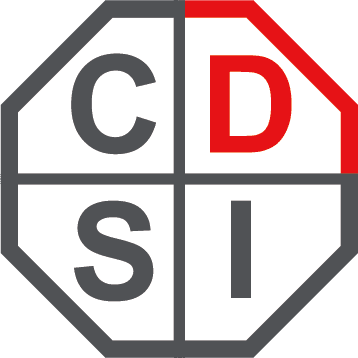
The Dominance Style
An individual’s measurement on the ‘D’ scale looks at how directly they approach issues and situations including problems and challenges.
- A person with a high level of ‘D’ is direct and decisive. This means they talk immediately and concisely.
- Whether talking about what they did on the weekend, or a point of team strategy, they always get straight to the point.
- They are fast paced, which can be seen in their actions, the way they do things, as well as the way they speak, and the timing of their responses to questions.
- ‘D’ style people are naturally guarded. In everyday conversation, the information they volunteer is generally not personal, and will usually not include references to how they feel, or what impact a situation has on them personally.
The Influence Style
An individual’s measurement on the ‘I’ scale looks at their level of extroversion.
- A person with a high level of ‘I’ brings energy, is highly interactive and motivating, or encouraging of the people around them.
- Accordingly, ‘I’s will be seen to do everything fast, they talk fast, their behavior is fast, and they will be quick to respond.
- Typically, they contribute to interactions, regardless of if the topic is social or strategic.
- They provide invaluable communication when teams need a motivational pep-talk or morale boost.
- ‘I’s are open to the involvement of the people around them, and will volunteer personal details, share how they feel, and how something affects them personally.


The Steady Style
An individual’s measurement on the ‘S’ scale looks at their pace.
- A person with a high level of ‘S’ is patient, will listen well, ask lots of questions, and conversations will be two-way. They will demonstrate their level of care by checking inabout how we are, and look to what our take on a situation is.
- They are slower-paced, often slow to begin a task, but High ‘S’s can be relied on to persevere and finish it.
- ‘S’ profiles are described as the glue in social groups or teams, they are supportive, care about the people around them, and they let them know.
- They have an open style and are comfortable talking about their own and other people’s feelings to build a genuine and strong connection, often responding to questions with emotional detail.
The Conscientious Style
An individual’s measurement on the ‘C’ scale looks at the degree to which rules, systems, and processes are followed.
- A person with a high level of ‘C’ is detail--orientated, they will notice the finer details in situations, and facts are important to them.
- They are slower-paced and systematic in their approach, they will prioritize having all of the correct information, before sharing with others.
- ‘C’ style people are task-focused, and are more concerned about the process or game plan than who is completing the task with them, or other distractions in their environment.
- They have a guarded style and will not often volunteer personal or emotional details, but they can be counted on to analyze statistics or other opponents.
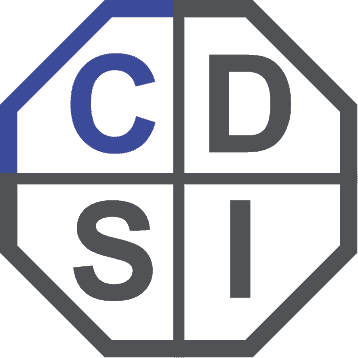
Each individual who completes an Athlete Assessments DISC Profile, will have a combination of behaviors across each of these four styles, with some measuring higher than others. It’s important to remember that regardless of which style features most strongly in our profile there is no best or worst, or right or wrong when measuring or interpreting DISC.
Over the last 15 years, Athlete Assessments has worked with more than 100,000 individuals, in over 45 unique sports, right across the globe, and due to the flexible nature of behavior, there is no one profile better suited to certain positions or sports. What we do know though, and studies of high-performance athletes like research presented at the 2015 World Class Performance Conference in London and the 2008 Canadian Olympic Study, prove that the most successful athletes, meaning those who achieve consistent winning performances or have won multiple medals in the international arena, do have a high level of self-awareness. They know how they prefer to communicate or be communicated with, their natural behavioral tendencies, and also how they are likely to act in certain scenarios, particularly when under pressure or stress. Having this level of awareness allows these athletes to ensure their needs are being met and strategies are in place beyond just physical preparation, so they can replicate their best performances, and communicate effectively with those around them. As a research-backed and proven tool for effectively profiling behavior, Athlete Assessments’ DISC Profiles provide athletes, their coaches, and all members of a sporting administration to develop their understanding of themselves, and improve on their communication with others, supporting the ultimate goal of winning more often.
Where to from here?
The primary purpose of DISC Profiling is not to better or change our profile, but develop self-awareness and provide a framework to understand, then build effective relationships with others. Athlete Assessments’ DISC Profiles, the AthleteDISC, CoachDISC, or Sports ManagerDISC, offer details into our preferences, the adaptations we make within the context of our chosen environment, and strategies for improving our communication with others.
If you would like to learn more about DISC Profiling, our DISC in Sport Workbook is your pocket guide for understanding DISC and its application within sport. The DISC in Sport Workbook is a handy, easily accessible learning resource used by teams, coaches, academics, and consultants as a reference for key principles in DISC Profiling. If you would like to discuss how Athlete Assessments can best support your existing work, team, or program, we encourage you to reach out and contact us.
Recommended Articles
Let me ask you the most important of coaching questions, “What style of coach are you?” As coaches we occupy a special, even privileged place in our athletes’ lives. On the surface, we are just a part of their athletic journey, but really, we often spend as much, if not more time with our athletes, than their family and close friends.
The results are in and we’re proud to share that an independent statistical analysis by the Assessment Standards Institute (ASI), the industry’s peak ratification body, has found that Athlete Assessments’ DISC Profiles meet or exceed accepted standards for Data Reliability and Construct Validity.
You can think of this ‘audience’, the millennial generation of athletes, as the most distracted generation in history because we’re dealing with smart phones, video games and high-speed technology. The reality is, that their concentration or focus is switching all the time. For our communication to be effective, we need to ensure that we’re getting through.
Video Presentation by Bo Hanson, 4x Olympian and Coaching Consultant What coach communication skills are critical for a coach-athlete relationship? What makes for effective communication between a coach and an athlete. How can you become a…


